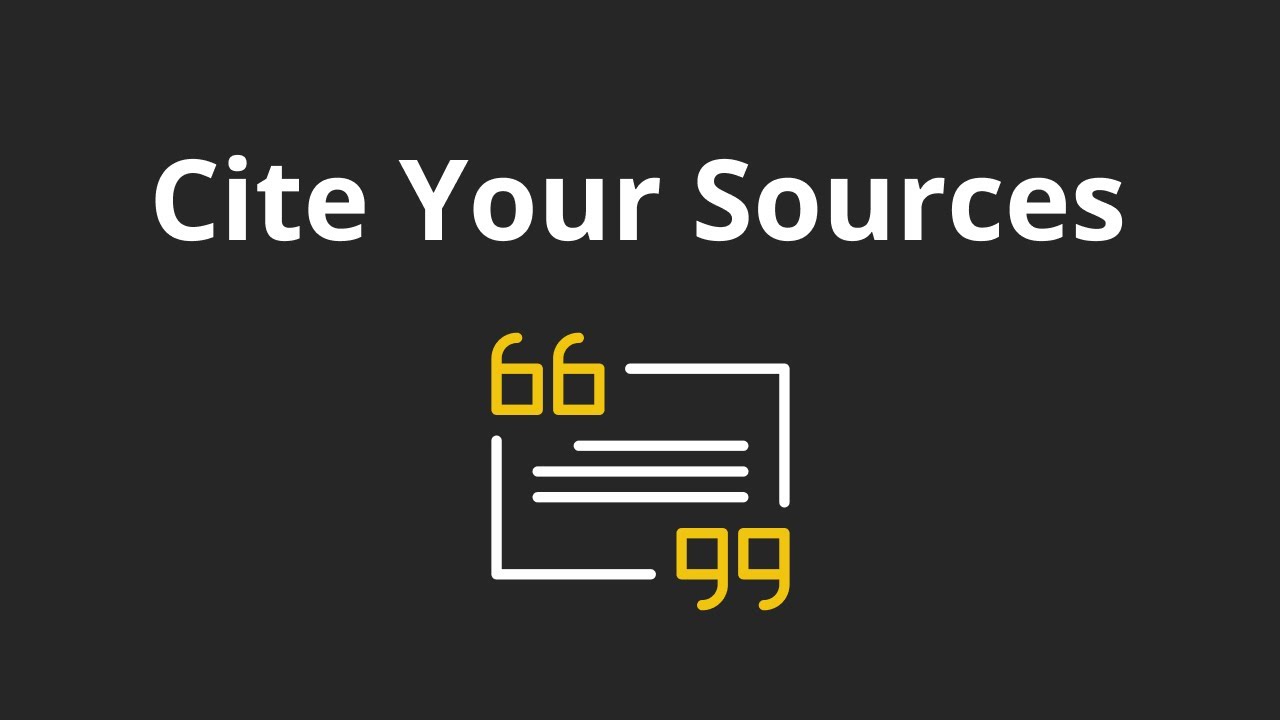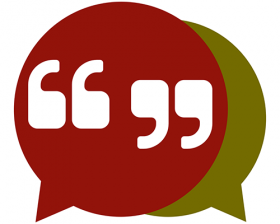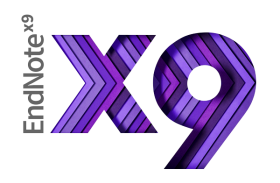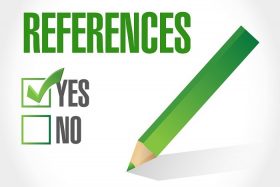Citation and referencing
The skill is one of the significant skills in Information Literacy program. It should be mastered by students as it is really vital to their writing for assignments and theses.
The most important thing when citing and referencing is to be consistent.

What are Citation & Referencing?
CITATION is the way you tell your readers that the certain material in your work came from another source. It also gives your readers the information necessary to find that source again, such as:
- information about the author
- the name and location of the source
- the date
- the page numbers of the material you are citing
REFERENCING is used to acknowledge the authors, the books, journal articles and other sources of information that you use when writing a paper. This is done by briefly referring to (citing) the sources of information in the text of your work, and by producing a corresponding, alphabetical list of references (or a bibliography) at the end of your work.
Why Do It?
- Acknowledged your sources of information
- Read around the subject
- Taken on board related research
- Explored others’ opinions
- Checked your facts
- Substantiated your arguments
- Contribute to the impact of the research
- Come to your own conclusions
When Do I Reference?

- Whenever you use QUOTES: using the words/phrases exactly as they appear. You should enclose the words/phrases in quotation marks “ ”.
- Whenever you PARAPHRASE: using the ideas from the cited source but writing in different words, the content is unchanged.
- Whenever you SUMMARIZE: expressing the main points in your own words, the content is unchanged.
- Whenever you use an idea that someone else has already expressed.
How Do I Reference?
To reference properly, you need to have:
- In-text citation within the text of your work to distinguish another person’s ideas from your own. It often includes the author’s name, year of publication and page number if any.
Eg: Straus agrees with this, saying that scholars have presented the Rwandan genocide as “a state-organised, planned extermination campaign” (Straus 2004, p.86)
- Full reference provides readers the complete information to identify the source. This is the reference list at the end of your work and contains the complete list of materials you have used.
Eg: Straus, S. (2004) ‘How many perpetrators were there in the Rwandan genocide? An estimate’. Journal of Genocidal Research, (6)1, pp. 85-98.
Referencing Guides & Sample References
- VGU APA 7ed referencing guide_ Feb 2022
- VGU Harvard referencing guide_Feb 2022
- VGU IEEE referencing guide_Feb 2022
Plagiarism
Plagiarism is cheating and can be defined as “to copy (ideas, passages of text, etc) from someone else’s work and use them as if they were one’s own” (Chambers 21st Century Dictionary, 1999). It is a serious offence whether it is accidental and unintentional use. To avoid plagiarism, the sources you use and refer to must be properly cited and referenced.
Getting more information for VGU anti-Plagiarism policies.
At VGU, there is also a service to help you check your papers with Turnitin software. Please contact the Library staff to support with your papers’ checking for Plagiarism. The following guide and videos are useful for your reference as roles of Instructors and Students.
For Students and Researchers
For Instructors
- Register to have an Instructor account
- Turnitin guide for Instructors (pdf)
- Turnitin video guide for Instructors
Copyright is an Intellectual Property Right along with Trade Marks, Patents and Designs. Copyright gives economic and moral rights to the creators of works, and provides a legal framework for such works to be used fairly by others.
- Copyright owners have rights to take legal action against users who violate the copyright.
- Heavy penalties from the court will be applied to users who offend against the copyright materials, namely changing the content of the materials, reproducing the materials, delivering the materials to the Internet and converting the materials to other forms. If you wish to do any of these, please obtaining the permission from the authors.
Citation Styles
There are various citation styles,and normally fall into two categories:
- Name and date, e.g. APA, Harward – the author’s name and date are put in the parentheses in the in-text citation, eg. (Bundy, 2004), and a separate list of the sources cited alphabetically by author at the end of the paper.
- Numeric, e.g. Chicago, IEEE, MHRA – the in-text citation consists of a number that links to the footnotes, eg. [1]. At the end, there is a full bibliography.
Managing References
Citation management software helps to:
- organize references, PDFs, and images
- take notes and give tags on references and PDFs
- format bibliographies and in-text citations in a number of citations styles
- share references and collaborate on projects with colleagues/friends
You can consider to choose the appropriate software that suits to your need.
![]()
Zotero is a free, easy-to-use tool to help you collect, organize, cite, and share research.
We encourage you (VGU students) to use ZOTERO for managing references.

EndNote X9 (Licensed software by VGU)
EndNote X9 is the reference management software that not only frees you from the tedious work of manually collecting and curating your research materials and formatting bibliographies, but also gives you greater ease and control in coordinating with your colleagues. (Source: endnote.com)
- Download: Windows Installer or MAC Installer
- How to install and use EndNote
- Training documents for VGU: Text guide | Recording
- Please contact the Library (library@vgu.edu.vn) for getting the EndNote keys

JabRef is an open source bibliography reference manager. The native file format used by JabRef is BibTeX, the standard LaTeX bibliography format. JabRef is a desktop application and works equally well on Windows, Linux, and Mac OS X.
- Download JabRef
- Help: How to use JabRef
- JabRef manual (German language)

Mendeley is a free reference manager and academic social network that can help you organize your research, collaborate with others online, and discover the latest research
- Download Mendeley
- Help Guides (How to use Mendeley)






